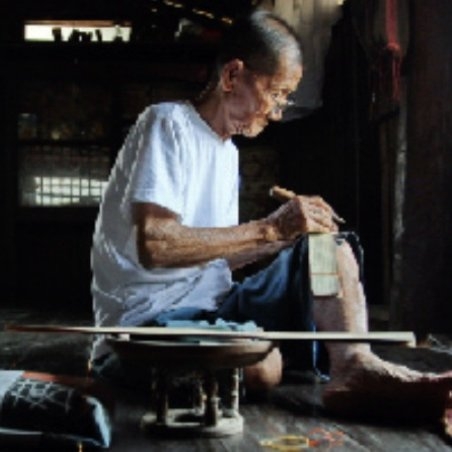Research & Article

Cultural Heritage Maps of Mae Chaem District, Chiang Mai Province
By Suebpong Chansuebsri, Surapol Manowong, Isara Guntang
Published on 2 April 2024
Cultural Heritage Management, Cultural Mapping
Location of original sources
NAJUA: Architecture, Design and Built Environment, VOL. 29 (2015)
This article is the results of the project “studying and making of cultural heritage maps for traditional habitat community and cultural heritage development in Mae Chaem district, Chiang Mai province”. This research were supported by National Housing Authority who saw the importance of Mae Chaem district where lots of the traditional wooden houses with valuable local architecture still existed as well as religious buildings, local sacred places, markets, etc. The beautiful environment of this valley city along with lifestyle, culture and tradition made it the proper place for tourism and cultural heritage study.
The objectives of the research were 1.) To study, explore and identify old buildings in traditional habitat communities and heritage places or areas by pinpointing location, coordination, and architectural pattern as well as historical, social and economic values using local people participation process. 2.) To organize and make a record of tangible and intangible cultural heritages. 3.) To evaluate primary risks and present basic solutions to conserve these cultural heritages. In result, cultural heritages in Mae Chaem city were classified into 7 categories including historical site, temple, store and homestead, sacred place, local wisdom site, ritual site, and other site with a total of 86 places. The making of cultural heritage maps presented overall city map and four scaled up area maps with indications on each heritage category for linking to its contents including coordination and location, history, importance and distinction, owner or possessor, and photo. The evaluation of primary risks for tangible cultural heritages (historical site, temple, store and homestead, sacred place) used three criterions to consider including 1) physical deterioration 2) originated transformation and 3) environmental transformation with evaluation levels of high, medium, and low. For intangible cultural heritages (local wisdom, ritual, etc.), the evaluation considered associated factors. For conserving suggestion, both compulsory and persuasive measures must be complied by local people participation process. Also by using cultural heritage maps as a tool, Mae Chaem’s citizens and associated corporations could make traditional community conserving and developing plans to protect their valuable cultural heritages to remain existed as they should be.